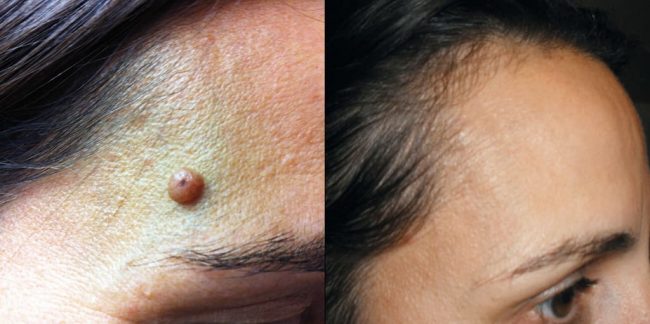Moles and skin tags are common skin growths that can appear on various parts of the body. While usually harmless, they can sometimes cause discomfort or affect one's self-confidence. Many individuals seek mole and skin tag removal procedures to address these concerns. In this article, we will explore the process of removing moles and skin tags, the importance of professional assistance from skin clinics like Australian Skin Clinics and SunDoctors Skin Cancer Clinics, and answer some frequently asked questions about the procedures.
Understanding Moles and Skin Tags
Moles, also known as nevi, are typically small, pigmented spots that can vary in color, shape, and size. They usually appear during childhood or adolescence and can be found anywhere on the body. Most moles are harmless, but changes in their size, shape, or color may indicate the need for further evaluation by a healthcare professional.
Skin tags, on the other hand, are soft, small, flesh-colored growths that often develop in areas where skin rubs against skin or clothing. They can be found on the neck, underarms, groin, and other areas. While skin tags are benign and generally not a cause for concern, some individuals may wish to have them removed for cosmetic or comfort reasons.
Professional Assistance from Skin Clinics
When it comes to mole and skin tag removal, seeking professional assistance from reputable skin clinics is crucial. Australian Skin Clinics and SunDoctors Skin Cancer Clinics are examples of trusted establishments that provide a range of dermatological services, including mole and skin tag removal. These clinics have experienced dermatologists and skin specialists who can assess the condition of the growths, recommend appropriate treatment options, and perform the procedures with expertise and care.
Mole Removal Procedures
There are several methods for removing moles, and the choice of technique depends on factors such as the size, type, and location of the mole. Some common mole removal procedures include:
- Shave Excision: This procedure involves numbing the area around the mole with a local anesthetic and using a scalpel to shave off the mole flush with the surrounding skin. Stitches may be required to close the wound.
- Excisional Surgery: In this procedure, the entire mole is surgically cut out, along with a margin of healthy skin around it. Stitches are necessary to close the wound.
- Laser Removal: Laser technology can be used to break down the pigments in the mole, allowing the body to naturally eliminate the pigmented cells. This method is often suitable for smaller, non-cancerous moles.
Skin Tag Removal Procedures
Skin tag removal is generally a quick and straightforward process. Common methods for removing skin tags include:
- Excision: The skin tag is snipped off using sterile scissors or a scalpel after the area has been numbed with a local anesthetic.
- Cryotherapy: Liquid nitrogen is applied to freeze the skin tag, causing it to fall off. This method is suitable for smaller skin tags.
- Cauterization: The skin tag is burned off using a small electric current. This technique is often used for larger skin tags.
Frequently Asked Questions
- Is mole or skin tag removal painful?
Local anesthesia is typically used during mole and skin tag removal procedures to ensure minimal discomfort. However, some individuals may experience mild pain or discomfort during the numbing process or the removal itself. The healthcare professional will provide appropriate pain relief options and ensure patient comfort throughout the procedure.
- Will there be scarring after removal?
The extent of scarring depends on various factors, including the size and location of the mole or skin tag and the removal technique used. Skilled dermatologists and skin specialists strive to minimize scarring by employing precise techniques and providing proper aftercare instructions. It is essential to follow these instructions diligently to promote optimal healing and minimize scarring.
- Are moles and skin tags likely to grow back after removal?
Properly removed moles and skin tags are unlikely to grow back. However, new moles or skin tags may appear over time, and existing ones may develop in different areas. It is crucial to maintain regular skin checks and seek professional advice if there are any concerns.
- Can I remove moles or skin tags at home?
It is strongly advised against attempting to remove moles or skin tags at home without professional guidance. DIY removal methods may lead to infection, scarring, or incomplete removal, as well as delay the diagnosis of potentially cancerous growths. It is safer and more effective to seek assistance from qualified healthcare professionals in skin clinics.
Conclusion
Mole and skin tag removal procedures provide safe and effective solutions for individuals seeking to address cosmetic concerns or discomfort associated with these skin growths. Reputable skin clinics like Australian Skin Clinics and SunDoctors Skin Cancer Clinics offer professional assistance, ensuring proper assessment, treatment, and care throughout the removal process. By choosing professional expertise and adhering to proper aftercare, individuals can achieve the desired results and maintain optimal skin health. Remember, always consult a healthcare professional for advice tailored to your specific needs and circumstances.
